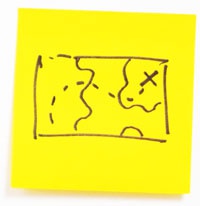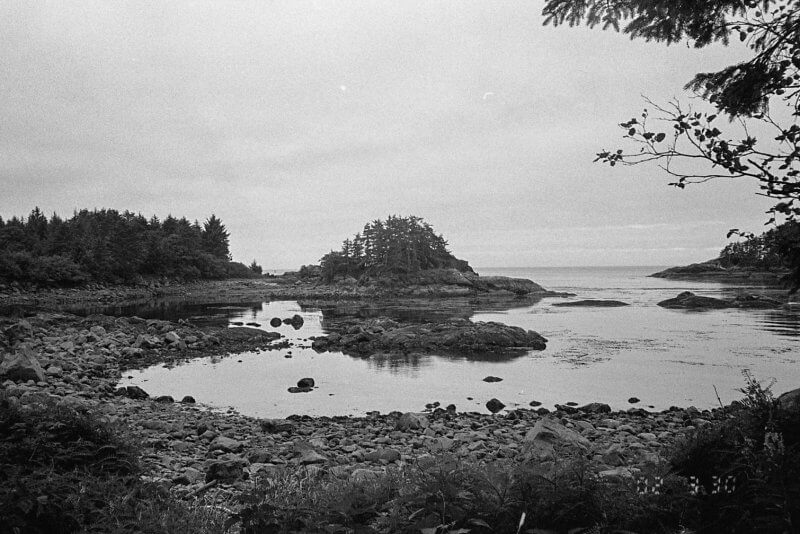The product designer is a difficult role to fill and a difficult one to define. A product designer’s skill set requires the intersection of many different disciplines. Here are the roles product designers need to fill.

Visual Designer/UI Designer
This is the role most commonly associated with product design, as the user interface decides how the users interact with the product. The challenge becomes placing information and interactive elements in a way that makes sense.

Interaction Designer
Once a product’s UI makes sense, it’s time to look at the design of behaviors. How is the user interacting with the product? How does the product respond to a user’s input? The interaction designer decides the behavior of information in reaction to user inputs.

Experience Designer
The user experience is defined by how the user feels about his or her total interactions with the product. Change makes people uncomfortable. A designer’s job is to help people experience change as comfortably as possible. The goal is to create an experience that is both understandable and meaningful.

Product Owner or Product Manager
The best way we’ve found to describe this role is a quote from Etsy creative director Randy J. Hunt’s book “Product Design for the Web“, which describes a job ad seeking a product manager “who would not only ensure the trains ran on time, but also would help build the track,” an analogy that illustrates the scope of this essential role. Our product managers or product owners balance

Content Strategist
The words that explain a product, feature, button, error message, or welcome email can be just as important as the interface and interaction design that show it. Content Strategy creates the tone, influences the user experience, and can do as much good (or damage) for a product as a logical (or illogical) flow.

Researcher
Testing is critical for understanding how users think, and being able to analyze results and anticipate their needs is a key component of product design. Product designers must do market research and user research to understand their audience before they build. They also go further and test and track analytics to see how those hypotheses work out after they’ve launched a product.

Marketer
No matter how brilliant a product is, no one will use it if they don’t know about it and have no way of finding out about it. A good marketer knows how to get a product into people’s hands.

And a little bit of code…
Developers will always introduce constraints, so product designers must learn how to speak their language and work with them early and often. The more code product designers understand, the better they can anticipate how design will be implemented and where it may fail, as the development team is ultimately responsible for bringing the product to life.
The product designer is there to help identify, investigate, and validate the problem – and ultimately craft, design, test, and ship the solution. Present a product designer with a solution, and he’ll tell you what’s wrong with it. Classically, these have all been individual roles. All of them still are. However, they’re also all necessary components of an individual product designer.
We work in a highly reactive space. Good design is invisible, yet always adapting to ever-evolving platforms. Data informs everything we do, user research checks our assumptions, and we measure our success through business and engagement metrics, but most of all, product design is about people. Good product design takes user needs and solves them to best suit the business goals of a company.
This post originally appeared on the Yeti blog.

























